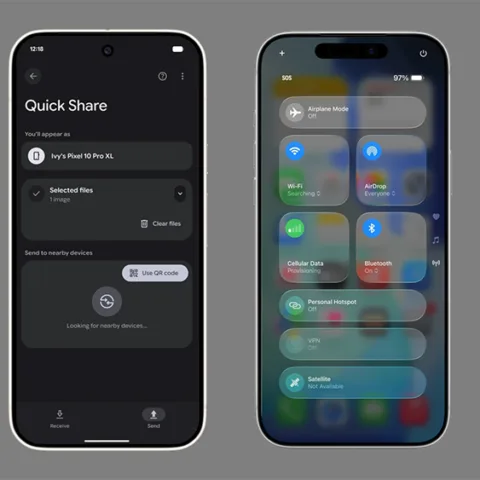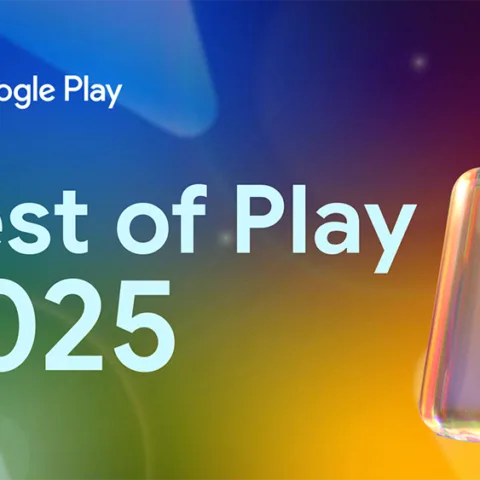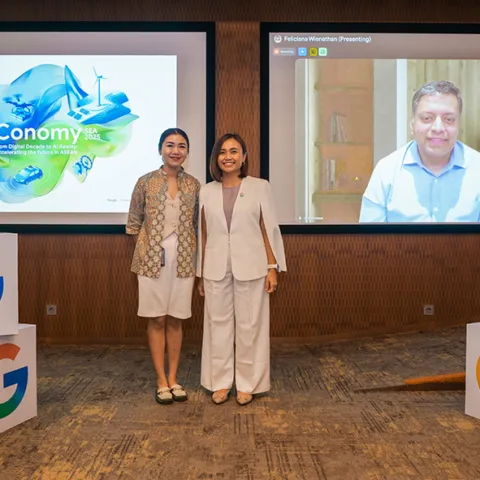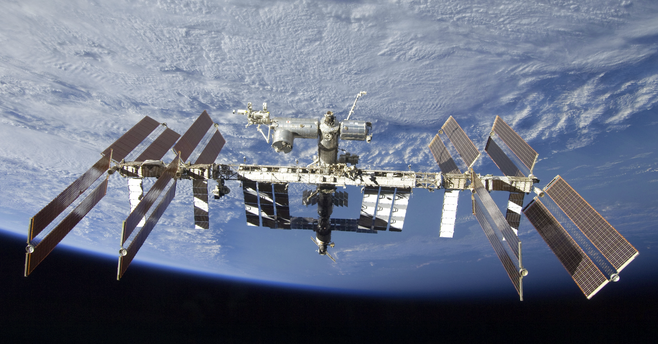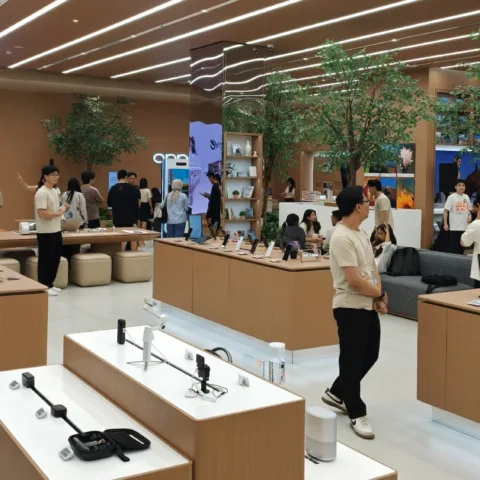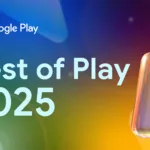As we’ve written before, YouTube has finally launched its paid subscription service today. YouTube will eventually implement a subscription cost to a number of its channels which may well be the new way for people to enjoy more content on top of the billions of existing YouTube videos.
Since 2007 YouTube has been running the YouTube Partner Program, a service aimed at content creators to earn revenue from their creative endeavors. For YouTube, the creators have a significant contribution in developing amazing channels including news channels, education, entertainment, and so on. These creators are also responsible in bringing more than a billion viewers per year to YouTube.
At the moment there are a million channels that earn a revenue from YouTube and one of the most frequently received request from channel owners is flexibility in monetizing and distributing content that they present to viewers. With this considered, YouTube decided to create a paid service for a number of its channels.
Announced through its official blog post, YouTube will be delivering 53 paid channels initially which viewers can subscribe to for $0.99 or roughly Rp 10,000 per month. In promoting this effort, the paid channels will have a 14 day free trial period in which viewers can choose to continue their subscription beyond the 14 days after paying the fee.
For the moment, YouTube already has several partners for this paid channel service, among which are Sesame Street, UFC, Big Star Movies, Comedy TV, and many others. To further satisfy its consumers, YouTube will also provide a synchronization service which will allow subscribers to enjoy their paid channels not just on desktop computers but also devices such as smartphones, tablets, TV, and others. While currently YouTube has 53 paid channels, the number will grow according to approved requests.
Trenologi reports that YouTube viewers in Indonesia currently cannot subscribe to the paid channels. According to an email from head of communications Google Indonesia, Vishnu Mahmud, to DailySocial, “partners determine in which countries their channels are available and we’re working to bring more subscribing and viewing options across devices”.

